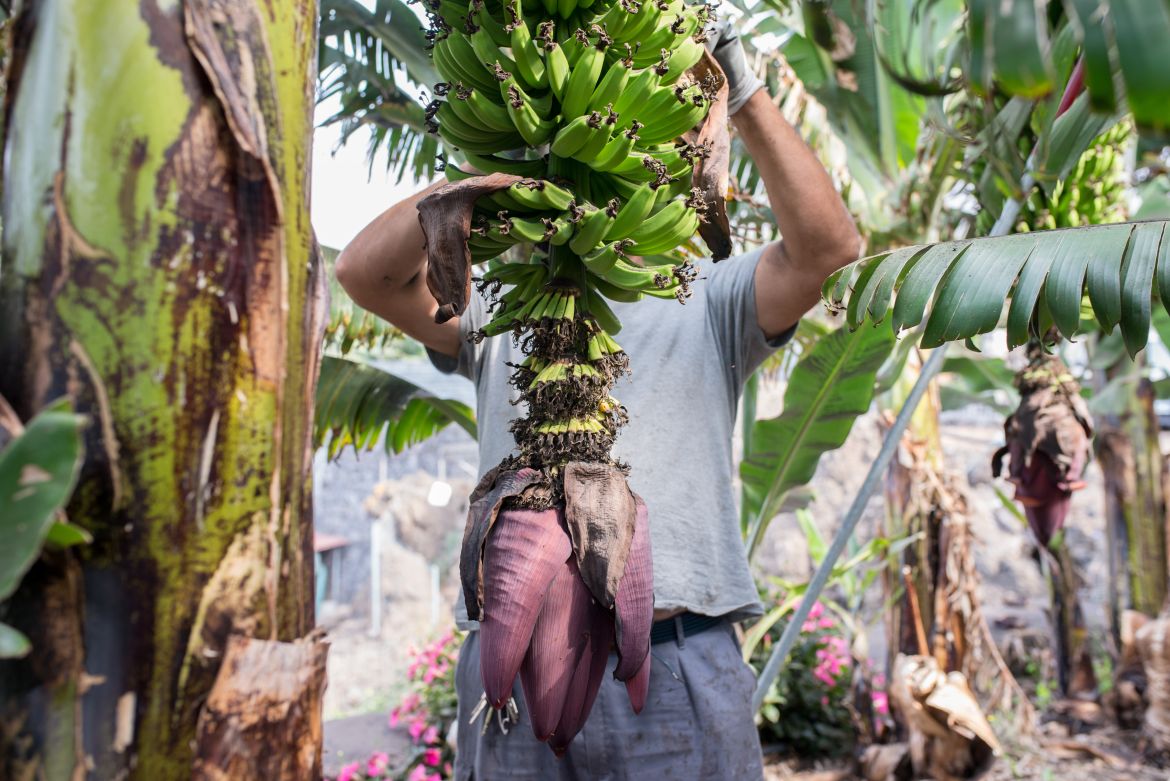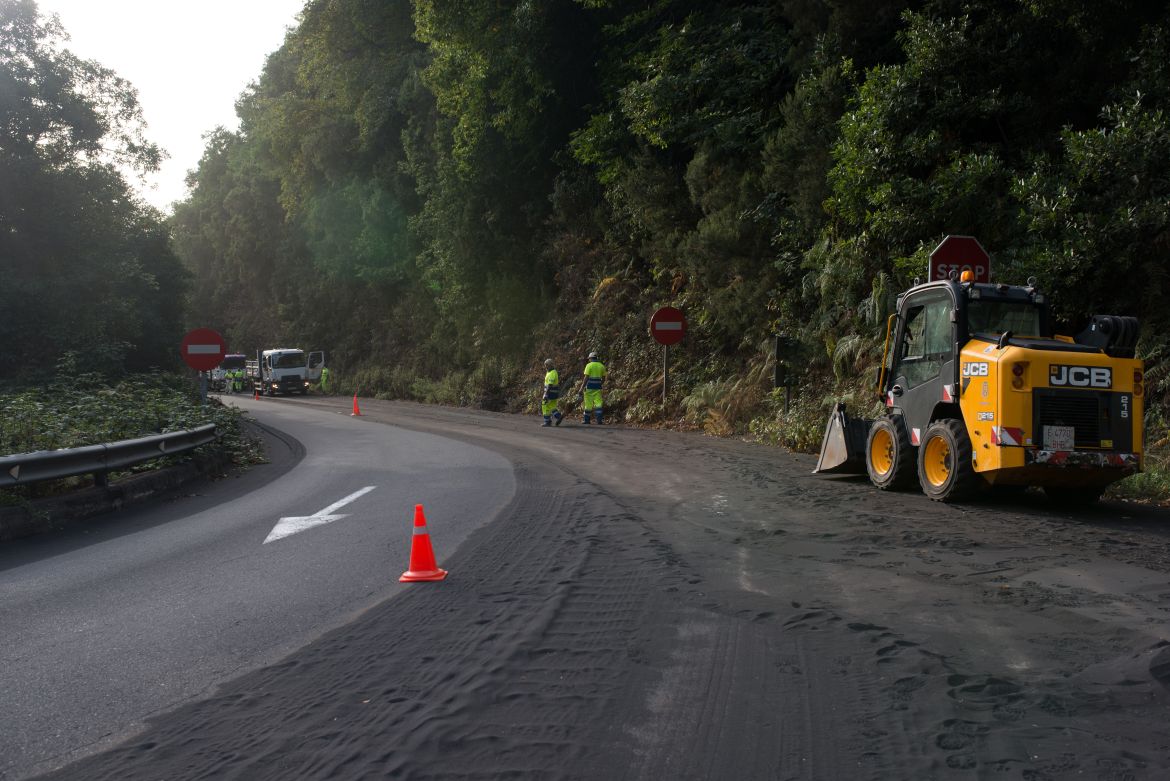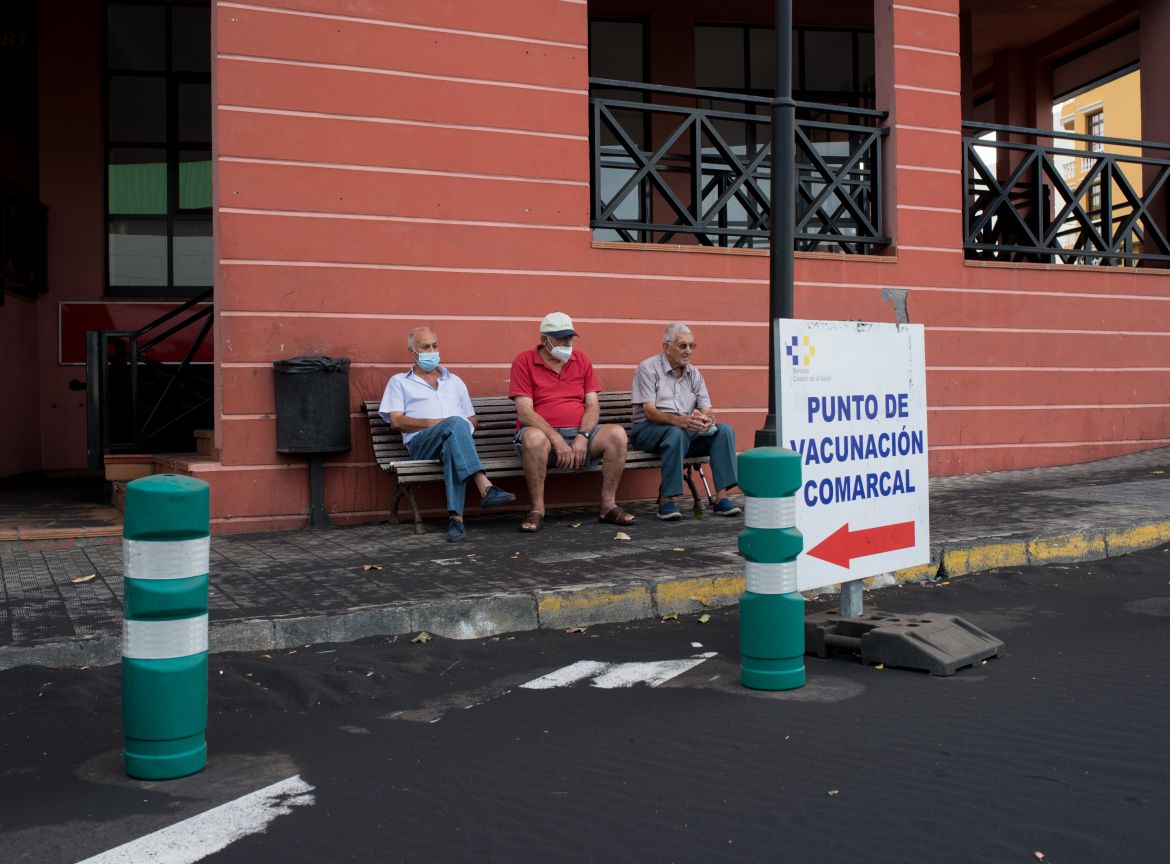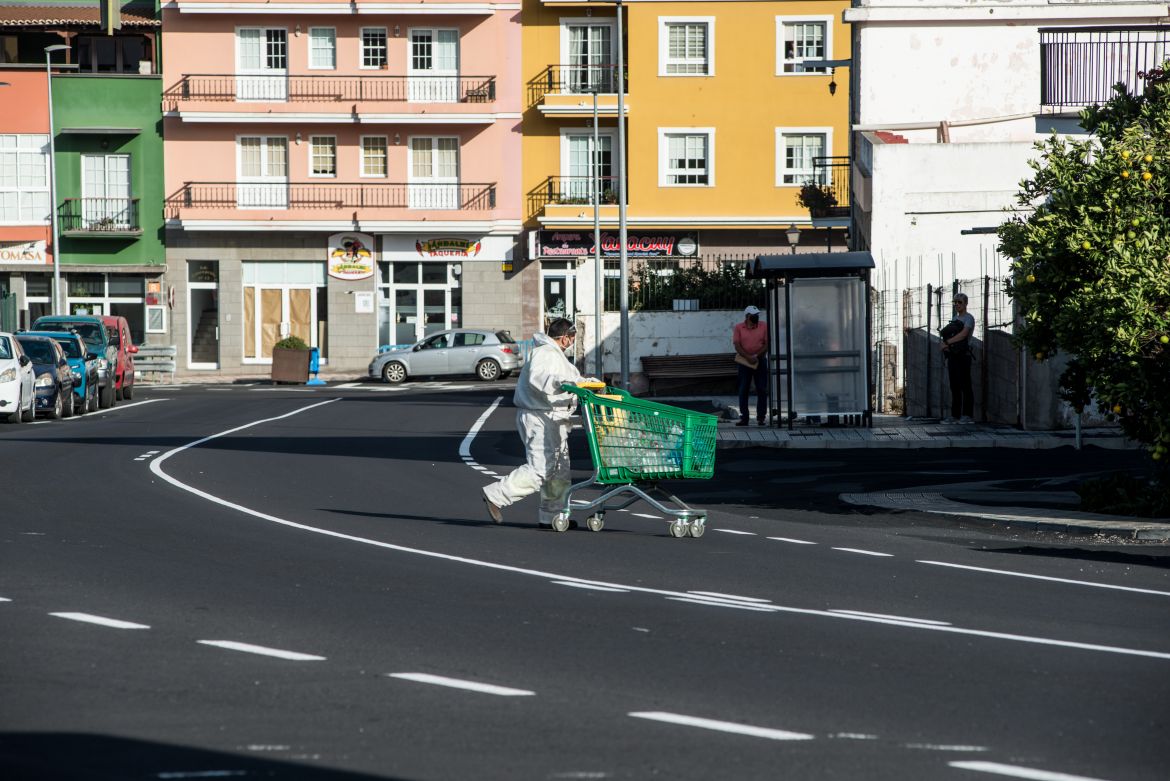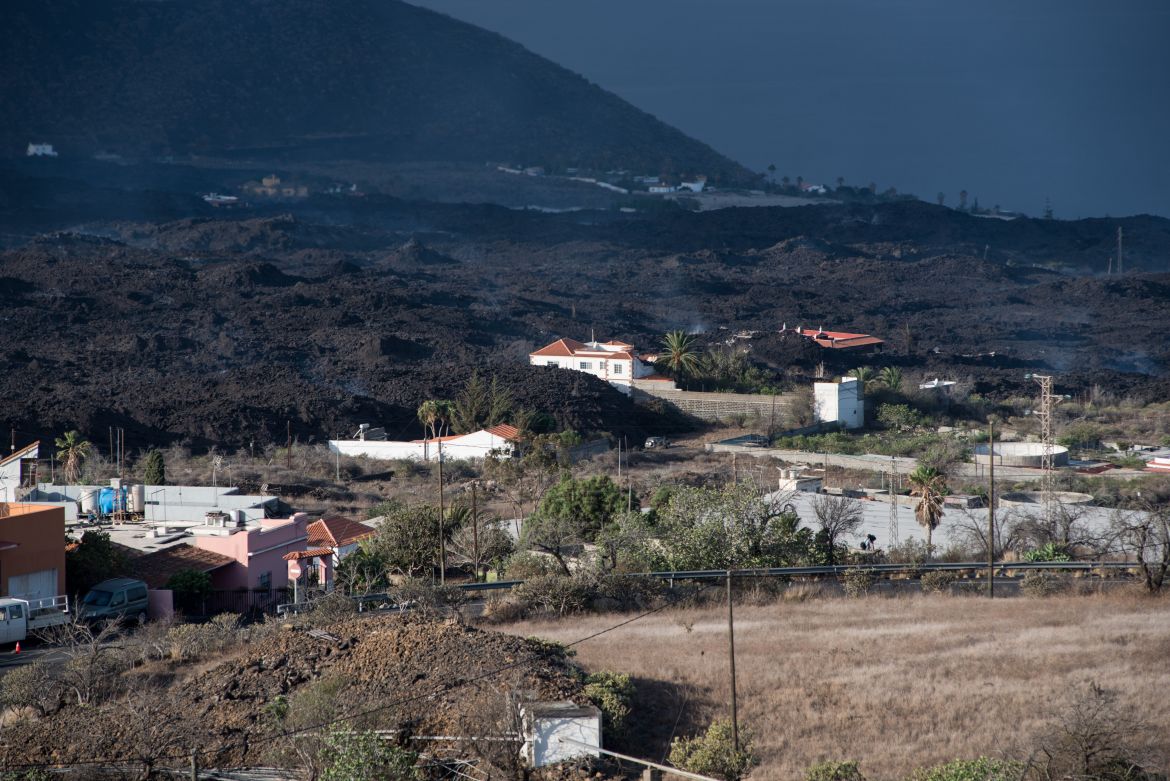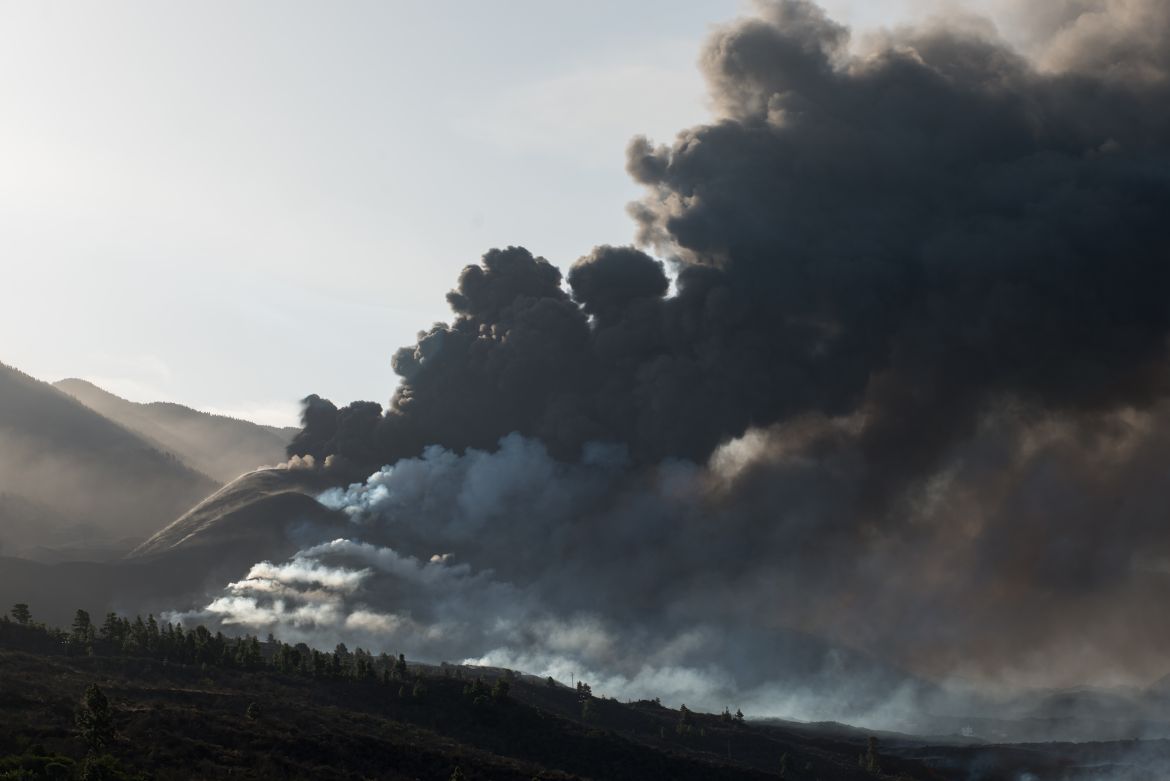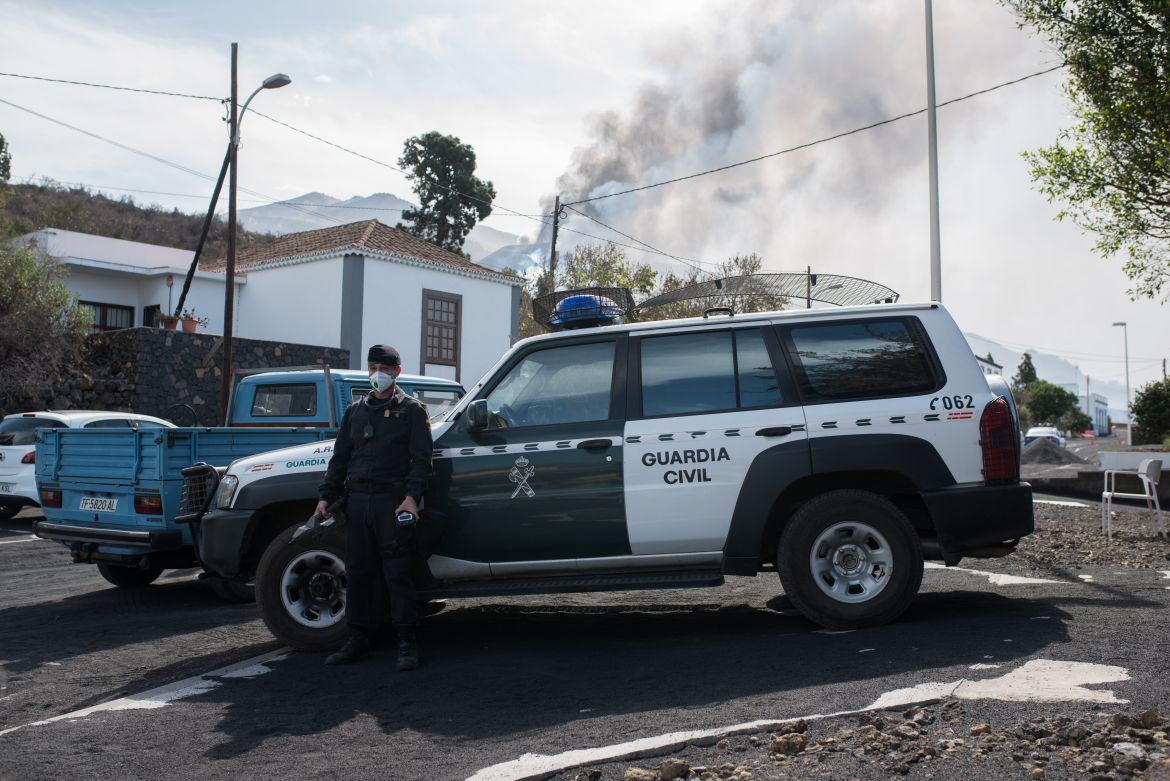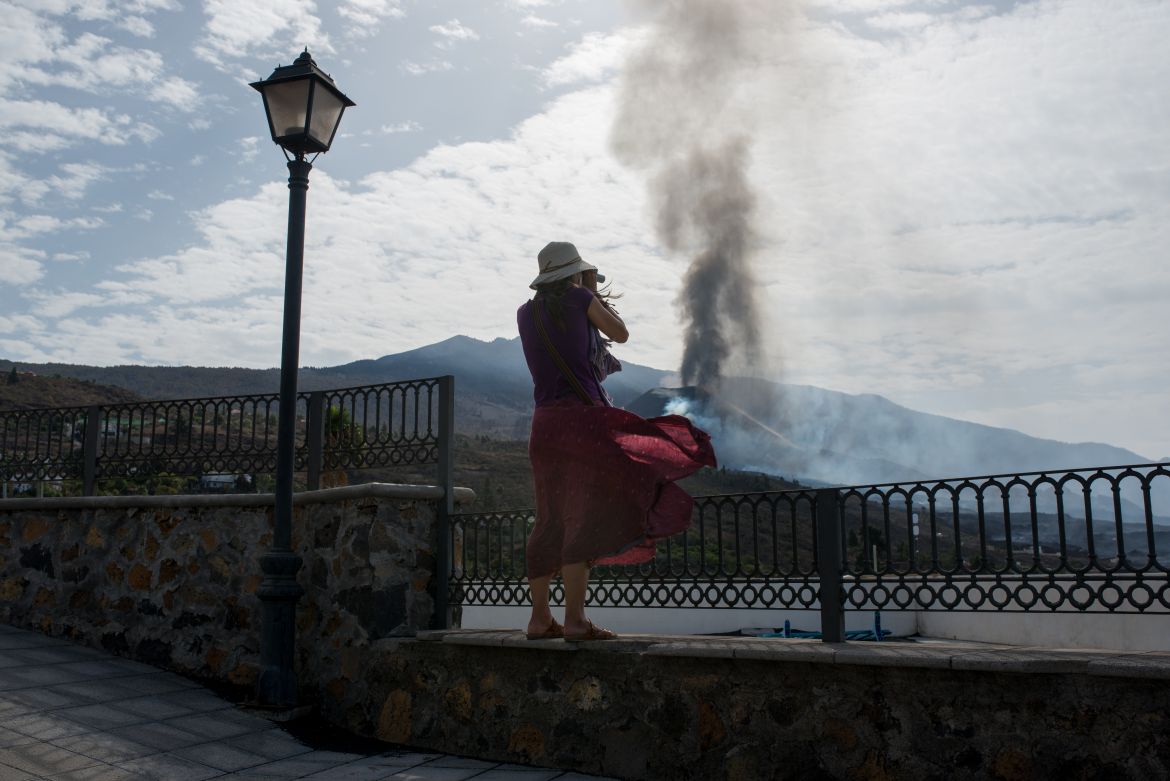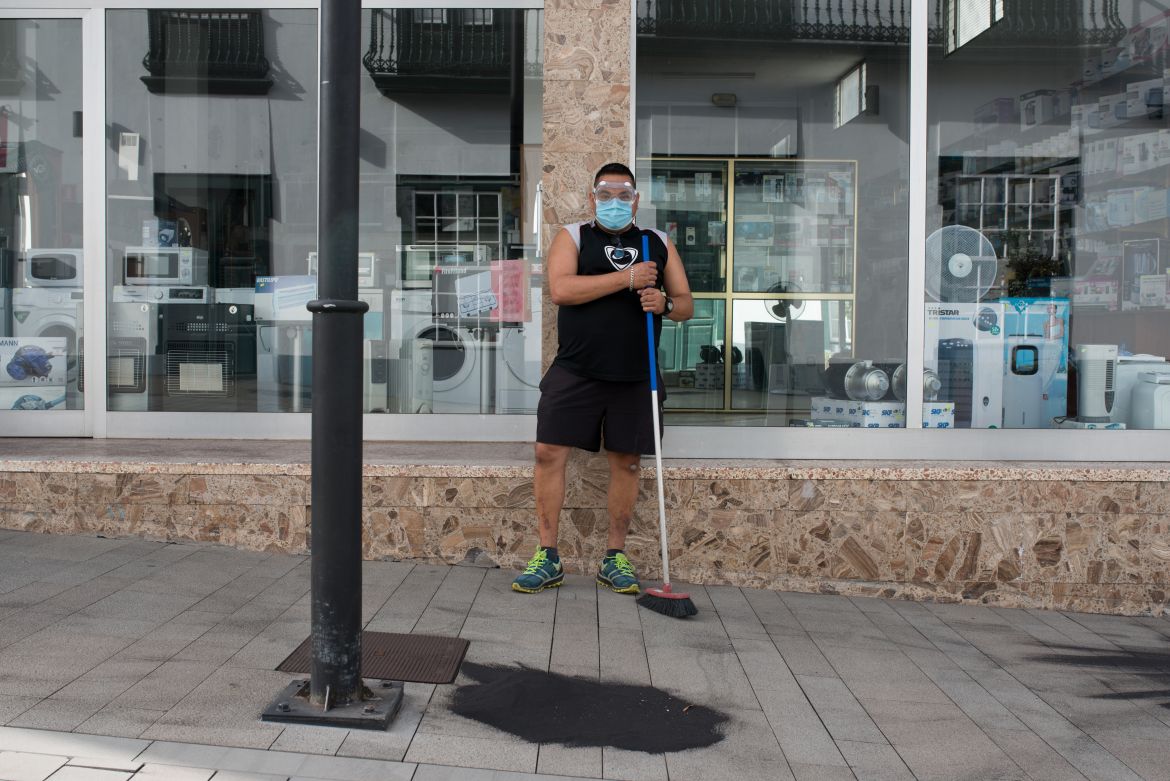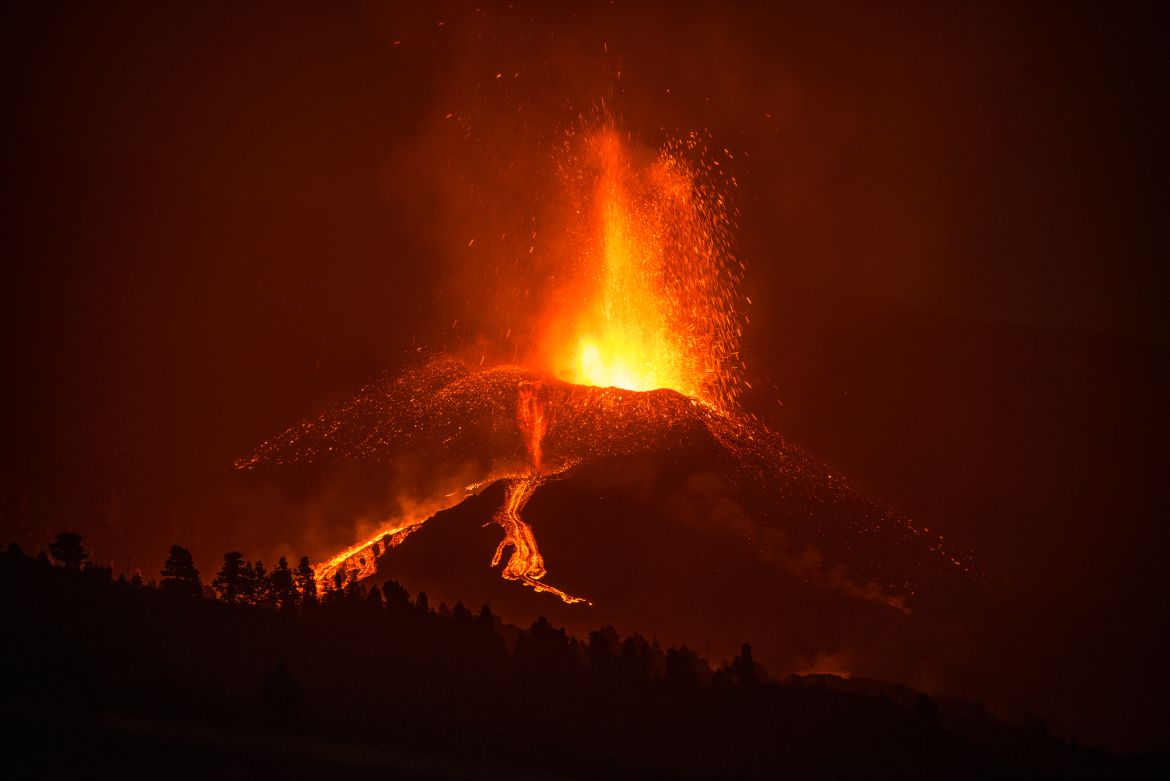In Pictures
Living through an active volcanic eruption on La Palma
In the five weeks since the eruption began, lava from Cumbre Vieja has covered more than 850 hectares.
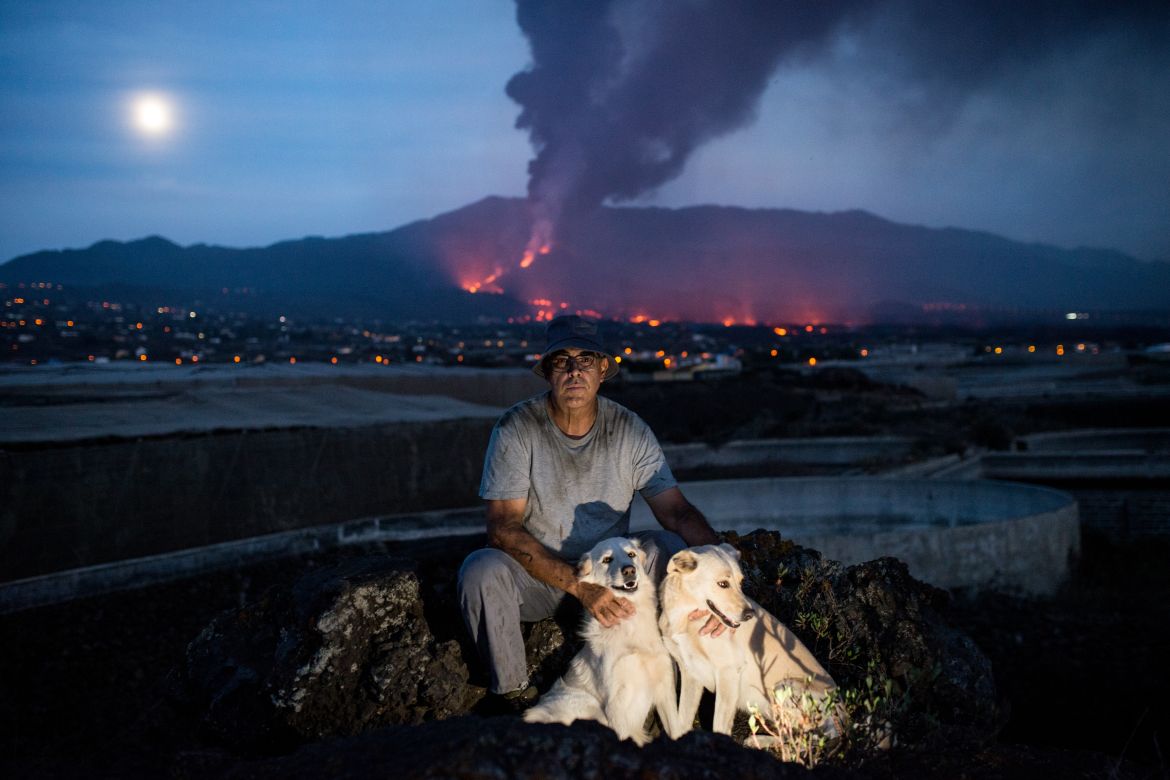
El Paso, La Palma – The volcanic eruption on La Palma has severely disrupted normal life on the idyllic Spanish island.
Authorities have evacuated nearly 8,000 people, placing them inside hotels and empty apartment buildings, and warn many more may be displaced in the coming weeks.
In the five weeks since the eruption began, lava flowing from Cumbre Vieja has reached more than 850 hectares (2,100 acres) of farmland and residential areas.
More than 2,100 homes and farms have been affected or destroyed and vital irrigation systems cut off.
Every day, fresh magma creeps onward to new areas.
“I don’t feel good. I don’t want to work or eat. I don’t want to do anything,” said banana farmer Jose Alvaro Leon Diaz while staring at the billowing volcanic plume from the edge of his plantation.
“But this is the situation we’re now living in, and we have to continue. All I can do now is pray that the lava doesn’t come onto my farm and we’re able to save some of our crops.”
Cumbre’s Vieja’s thick smoky plume rises 2.4km (1.5 miles) into the troposphere and is depositing thousands of tonnes of superfine black ash and glassy pumice all across the island.
This material has covered the island’s twisty mountain roads, congested drainage systems, and found its way inside homes and vehicles.
The disruption is also compounded by the near-daily seismic events shaking the island due to the highly pressurised magma and fluids churning deep within the volcano’s structure.
For the people living on La Palma, the situation has become a surrealistic new normal.
